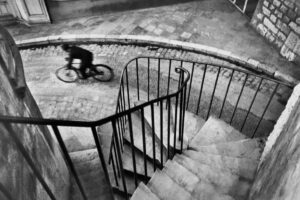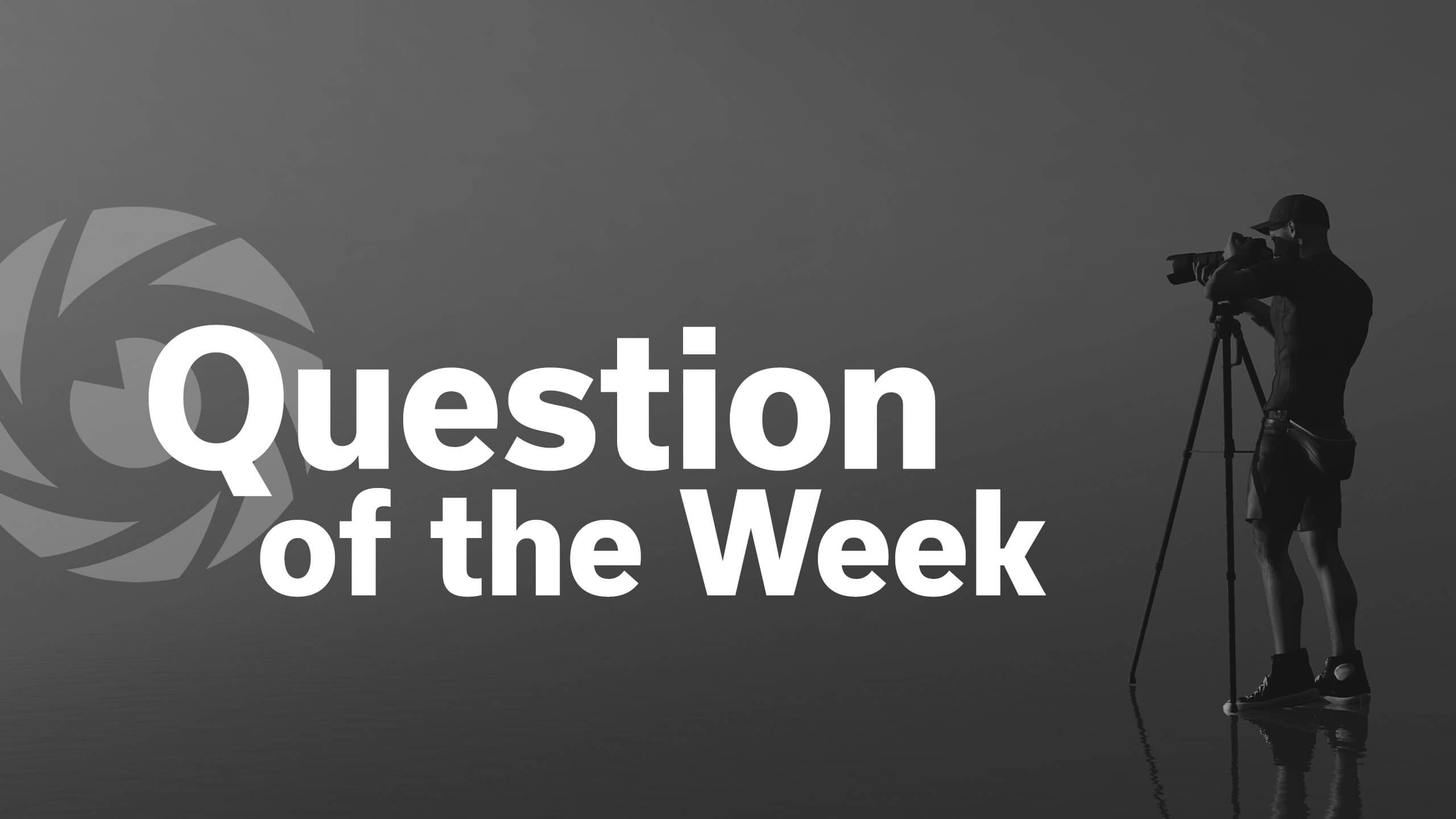![]()
During internal voting and discussions concerning the Camera of the Year, the Canon EOS R1 quickly established itself as a non-contender. This highly anticipated flagship camera has been coming for a long time, but once it finally landed, it felt undercooked, and worse, boring.
Before getting into the weeds here, which will not be a fun time for the R1, it is worth getting something out of the way: The Canon EOS R1 is a great camera. It matches up to its competition well across some key areas, and offers the speed and performance that demanding sports and journalism professionals require. It is a well-designed, performant camera that is nearly perfect for its target audience. It’s a very capable camera for a select group of photographers.
But therein lies the problem: the target audience is extremely narrow at a time when the competition is expanding the reach of its top-of-the-line models. The Nikon Z9 and Sony a1 II are basically as fast as the R1 while also being significantly more versatile thanks to much higher-resolution image sensors. Times have changed, and photographers increasingly want a camera that is well-suited to everything. Some still want a highly specialized (read “limited”) camera, and those people probably really love the R1. However, for everyone else, the R1 is not the aspirational camera in Canon’s lineup that its flagship cameras once were.
It isn’t that Canon’s incapable of making a mirrorless camera that does it all, either, as the EOS R5 II, announced alongside the R1, does precisely that — it just isn’t in a flagship camera wrapper. Despite this, the R5 II overshadowed the R1 this summer, and during internal voting at PetaPixel, that persisted way beyond the announcement window.
This goes beyond those of us here at PetaPixel. We can end up in a bit of a bubble as we constantly talk about new cameras. But broadly speaking, there is a significant disconnect between the excitement level of those who already have an EOS R1 and photographers who don’t. If you need it, you already have it. If you don’t? You probably don’t even want it.
While it may seem obvious that people who buy something are more interested in that product than those who won’t, that’s not quite how it works in the camera industry, at least not with expensive top-of-the-line camera bodies. Like the most expensive cars in a company’s lineup, the ones most people will never buy, flagship cameras have a certain aspirational excitement. They’re something to eye with envy.
![]()
For example, even if you aren’t going to buy a Sony a1 II or a Nikon Z9 (or Z8) for any number of good reasons, people are still excited by those cameras. They are interested in them because they are a dream camera, something most people would love to get their hands on. They represent a technological achievement and promise to improve your photography or at least make getting the shots you want easier.
It’s relatively challenging to care about the R1 or even aspire to having one. If you don’t actively need it, it’s utterly forgettable. The line between “need” and “want” is rarely this solid with cameras. Flagship cameras historically inspire a sense of desire among amateur and enthusiast photographers, but the R1 doesn’t. It’s a camera you get because you’re invested in the Canon ecosystem, and you need what the R1 offers.
![]()
While we aren’t publishing our complete voting breakdown for Camera of the Year, I put the EOS R1 last on my ballot. I was not the only one, either. Of the nine ballots cast, it finished last on six and in the top three on just a single ballot. I don’t know who voted how, but I’m not surprised by the results for the R1.
It isn’t just a megapixel thing, either, because the Sony a9 III is also an expensive 24-megapixel camera built explicitly for a niche audience. That camera took first place. The a9 III is exciting in a way the R1 isn’t. The a9 III is groundbreaking, and the R1, perhaps a victim of the long time it took to materialize, doesn’t do anything unexpected.
The EOS R5 II, which finished second in the final tally, received three first-place votes and only two voters had it outside the top three for 2024. In some rather significant ways, the R1 is a better camera than the R5 II, but not in ways that excite or inspire photographers. The R1 is the perfect tool for a limited and shrinking audience. But it is not a camera amateurs look at with the hope that one day they will have the money to buy it and the talent to take full advantage of it.
![]()
The Canon EOS R1 is simultaneously extremely powerful and woefully dull. Canon is doing a lot of exciting things, with excellent cameras like the R5 II and stellar new lenses like the RF 24-105mm f/2.8 L Z and RF 100-300mm f/2.8 L, but the company’s flagship camera is not among them. After casting my ballot, I remarked on our company chat that the R1 is a fantastic camera, but I could forget it exists and not be any worse for it. A flagship camera flying under the radar is utterly unprecedented. To Canon’s credit, it did release a camera many photographers long for in 2024; it just isn’t its flagship model.
Image credits: Featured image by Canon USA








 English (US) ·
English (US) ·